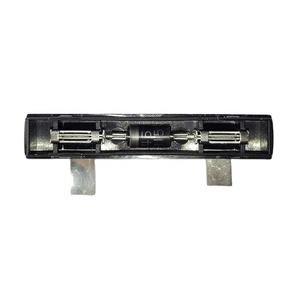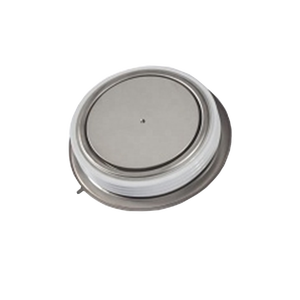Thyristors Online | High-Quality Power Semiconductors
**Thyristor Tune-Up: Sizing Secrets for Smoother Power Control**
(How To Size A Thyristor)
Picking the right thyristor isn’t guesswork. Get it wrong, and your circuit might just give up the ghost early. Think of a thyristor like a tough valve controlling serious electrical power. Size it correctly, and everything flows smooth. Mess it up, and things get messy. Let’s break down the key things to check so your thyristor handles the job perfectly.
First up, look hard at the current. How much juice flows through this thyristor normally? That’s your average current. Find this number first. But normal isn’t the whole story. What about those quick bursts? Motors starting up, sudden loads hitting the system – that’s surge current. Your thyristor needs to swallow these spikes without frying. Check the datasheet. Look for the surge current rating (often called I²t). Make sure your worst-case spike fits comfortably under this limit. Don’t push it too close. Give yourself breathing room.
Voltage is next. This one seems obvious, but you need two numbers. What voltage sits across the thyristor when it’s happily blocking current? That’s your working voltage. Now, imagine the nastiest voltage spike your circuit could ever see – maybe from a lightning strike nearby or a big motor switching off. That’s your peak voltage. Your thyristor’s voltage rating (like VDRM or VRRM) must be bigger than this worst-case spike. Again, safety margin is your friend here. Don’t just match it; go higher.
Heat kills electronics. Thyristors are no exception. Every time your thyristor switches or carries current, it gets warm. How warm depends on the current, how long it flows, and how well you get rid of the heat. This is where thermal management kicks in. You need a good heatsink. Think of it as the thyristor’s personal cooling system. The datasheet tells you the thermal resistance. This tells you how much heat builds up inside the thyristor itself for a given power. You combine this with your heatsink’s rating to figure out the total temperature rise. The core rule is simple: the junction temperature inside the thyristor must always stay below its maximum safe rating. Exceed it, and the magic smoke escapes. Guaranteed.
Protecting your thyristor is smart. Things happen. Voltage spikes sneak in. Currents surge unexpectedly. Adding simple protection circuits acts like a safety net. Snubber circuits (just a resistor and capacitor) soak up voltage spikes across the thyristor. Fast-acting fuses blow quickly if current goes way too high, saving the thyristor. These aren’t always mandatory, but they’re cheap insurance. They let you size the thyristor for normal work, knowing the protection handles the rare nasty events.
(How To Size A Thyristor)
Putting it all together is key. You can’t just pick based on current alone and forget voltage. Or focus on voltage and ignore heat. It’s a balancing act. You look at the real-world demands of your circuit – the normal load, the worst surges, the voltage swings, the ambient temperature. You find a thyristor whose ratings comfortably exceed these demands. You add protection for peace of mind. You calculate the thermal needs and pick a heatsink that keeps things cool. Real engineers often “derate.” They pick a thyristor rated for *more* than their calculations say they need. This extra cushion handles unknowns and makes the whole system last much longer. It’s like building a bridge to handle heavier trucks than you ever expect to see.


